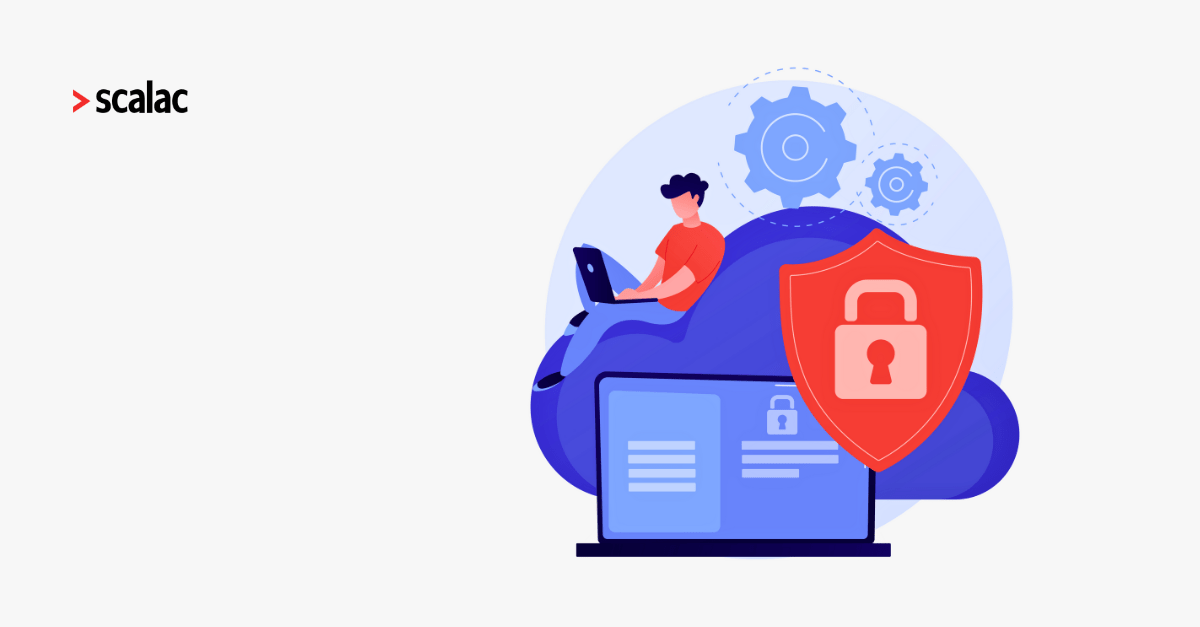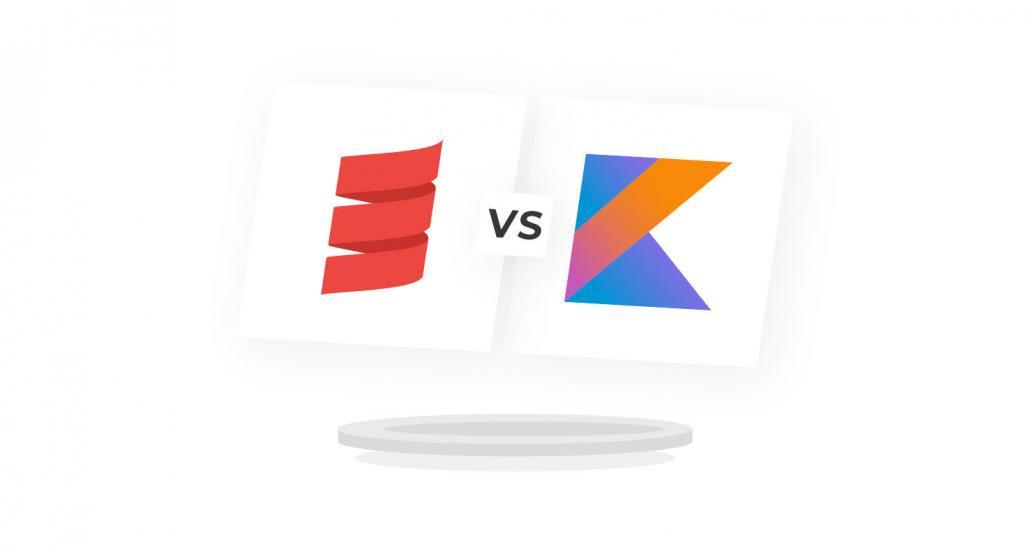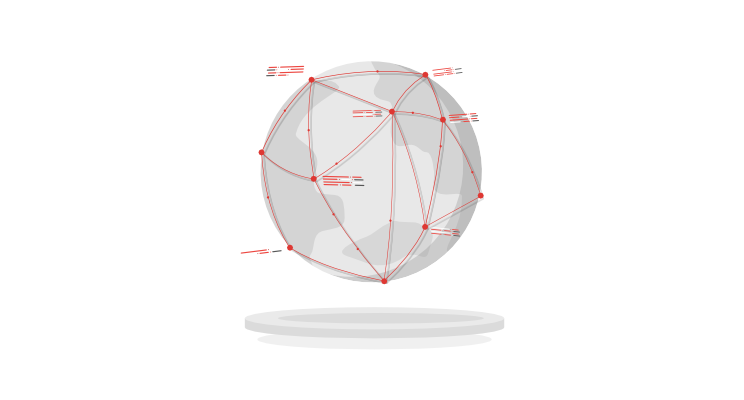
Cybersecurity Blueprint for Software Houses

In an era where digital threats are larger than ever, software houses stand on the front lines, tasked with safeguarding not only their innovations but also the data and trust of their customers. This is coming from an experienced Site Reliability Engineer, as I’ve navigated the complex waters of securing digital assets and dealt with many dangers first-hand. This article aims to chart a course for software houses seeking to fortify their cybersecurity defences, leveraging the accessible and powerful frameworks of NIST Cybersecurity Framework (CSF) and ISO/IEC 27032.
Securing Digital Domain
Empower Through Education: Cybersecurity’s First Pillar
The journey to robust cybersecurity starts with recognizing its most important foundation: the people within your organisation. Regular training and awareness programs are vital, ensuring every team member, from the ground up, understands their critical role in maintaining cybersecurity within the company. This initiative not only covers the latest in security protocols but also embeds a proactive culture capable of identifying and mitigating risks. Needless to say, it will also help every individual in both their personal and professional life, as they’ll sleep better knowing their bank accounts are safe.
Choosing Your Tools: NIST CSF & ISO/IEC 27032
Go for frameworks such as NIST CSF and ISO/IEC 27032 instead of rigid, costly certifications like ISO 27001/27002 and SOC 2. Their flexibility and comprehensive approach allow for customization to your specific needs, fostering a deeper, more holistic understanding of cybersecurity risks and solutions.
While ISO 27001 and SOC 2 are well-known and require an external audit in order to be certified, the initial cost and their yearly upkeep can be a real financial killer for small-to-medium companies.
Cybersecurity Implementation Steps
Assess and Strategize
Begin with a thorough assessment of your cybersecurity stance, using NIST CSF’s Identify function to understand your assets and threats. Develop a strategy that aligns with your business goals, focusing on critical areas such as incident management and data protection.
Careful planning is important for saving both time and money, as you’ll likely discover many vulnerabilities nobody was aware of before.
Protective Measures
Invest in technologies and practices that secure your assets, guided by the Protect function of the NIST CSF. This includes encryption, access controls, and secure development practices.
As you obtain data from the previous point, you’ll find that some services can be hidden from the world under a Virtual Private Network (VPN) for the company staff only to see and use. Such steps will save you a great deal of time in implementing your cybersecurity measures.
Monitor and Detect
Implement systems for continuous monitoring, crucial for early detection of threats, allowing for timely responses.
There are many solutions on the market, including the open-source Grafana and Prometheus tools, which can then be easily implemented into both your communication tools (eg. Slack, Teams) and IT Service Management solutions (such as GLPi, ServiceNow or Zammad). Such integration will only enhance the visibility of events and incidents.
Incident Response
Develop a comprehensive incident response plan, outlining procedures for containment, eradication, recovery, and communication.
As I’ve already mentioned, the visibility of events and incidents is one of many keys to threat recognition. Leverage these tools and their integrations so that your security staff can jump straight into action the moment it happens.
Continuous Improvement
Post-incident, you should focus on recovery and making improvements to prevent future breaches, emphasising resilience and learning.
Once resolved, an event or incident can reoccur again in the future. It’s important to remember how it can be prevented by taking a proactive approach and amending the root cause of the situation rather than focusing on the symptoms alone. Think of it like building a house brick by brick. Soon you’ll find out that every small step adds up to the bigger picture.
Regular Reviews
Stay up to date with the latest threats and solutions through regular reviews and audits of your cybersecurity measures.
Routine system check-ups for CVE vulnerabilities and security updates are important to keep any unwanted actors out of the picture. You’ll thank yourself later for maintaining a well-oiled IT infrastructure, as in addition, it’ll save you from the costs caused by so-called ‘death by deprecation’.
Navigating Late-stage Security Integration
Integrating an enhanced cybersecurity standard towards the project’s completion, especially in complex, sometimes even AI-driven environments, requires strategic balance. It involves retrofitting security measures without disrupting the project’s momentum, ensuring data integrity, secure operations, and seamless data flow across technologies like cloud, CI/CD, databases, and networks.
This is why I highly recommend thinking about cybersecurity from the ground up, from the very foundations of your project. While going back and forth between a mostly done project, adding and amending non-existent cybersecurity measures is possible, it will definitely take way more effort to resolve than it would if you had spent the initial time implementing security solutions from the very beginning. So plan accordingly!
Marketing Your Cybersecurity Effort
From a marketing perspective, your cybersecurity efforts are a testament to your commitment to data protection and privacy, providing you with a competitive edge. You can highlight your robust cybersecurity practices as a key selling point, showcasing your dedication to safeguarding customer data.
Even if your software house cannot afford the ISO 27001 and SOC 2 standards, have no fear. As already mentioned, there are free alternatives that will still make your company stand out from the competition as a security-aware organisation worthy of your customer’s trust. Ensure that the standards you’re following and maintaining are visible on your website, and also keep the internal documentation from your latest penetration tests if you happen to have ordered any in the past.
Want to know more? Check, how to implement cloud VPN solution using AWS, Linux and WireGuard and bolster your cybersecurity defenece!
Let’s Discuss Cybersecurity
Implementing solid cybersecurity foundations is an ongoing journey that requires a structured, informed approach. By adopting frameworks such as NIST CSF and ISO/IEC 27032, software houses can build resilient defences against cyber threats at almost no cost. I’m eager to hear your thoughts, questions, or experiences on this topic. So let’s talk and strengthen our defences collectively!











